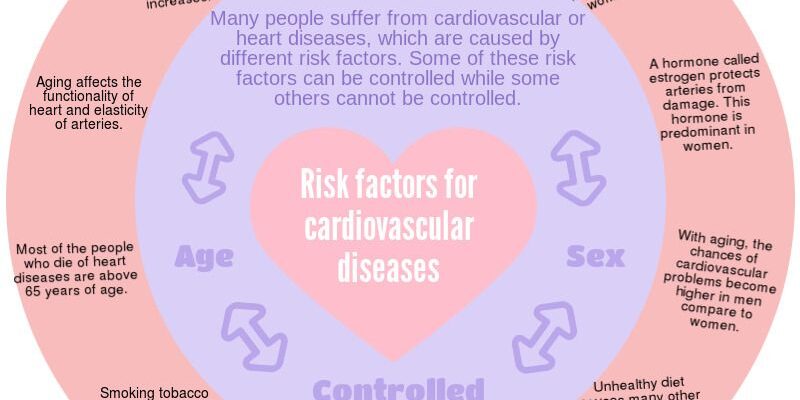For years, we`ve been told to watch our diet, exercise regularly, avoid smoking, and manage stress to protect our hearts. These factors are well-established culprits in the fight against cardiovascular disease. However, groundbreaking new research suggests we might have overlooked a surprisingly simple, yet pervasive, risk factor lurking in our modern environment: bright light exposure after sunset.
A large-scale study originating from the UK, involving over 88,000 participants, tracked individuals over an average period of 9.5 years. The researchers employed wrist-worn sensors to objectively measure the participants` exposure to light levels throughout the day and, crucially, at night. The findings, published as a pre-print on the medRxiv server, offer a stark warning: regular exposure to bright light during nighttime hours appears to be significantly associated with an increased risk of various serious heart conditions.
The data revealed that individuals experiencing the highest levels of night light exposure were considerably more likely to be diagnosed with conditions such as ischemic heart disease, heart attack, heart failure, arrhythmias, and stroke compared to those living with dimmer nights. What makes this finding particularly compelling is that this association held true even after the researchers meticulously accounted for known cardiovascular risk factors, including physical activity levels, dietary habits, sleep patterns, smoking, alcohol consumption, and even genetic predispositions. This suggests night light isn`t just correlated with other unhealthy behaviors; it might be an independent risk factor in itself.
Intriguingly, the study observed a stronger link between night light and heart disease risk in certain demographics, specifically women and younger adults. While the exact reasons for this disparity require further investigation, it highlights the potentially varied impact of environmental factors across different populations.
So, why would something as seemingly innocuous as light at night pose such a threat? Scientists point to the disruption of our internal biological clocks, known as circadian rhythms. These rhythms regulate countless physiological processes, from sleep-wake cycles to hormone release, metabolism, and even the function of the cardiovascular system. Our bodies evolved to expect darkness at night, a signal that allows vital repair and regulatory processes to occur undisturbed. Exposing ourselves to bright artificial light after dark confuses this system, potentially leading to metabolic dysregulation, hormonal imbalances, increased inflammation, and ultimately, strain on the heart and blood vessels.
The implications of this research are significant, offering a potential “hidden” cause for cardiovascular issues in a world increasingly saturated with artificial illumination – from streetlights and electronic screens to bright indoor lighting. While this study is a pre-print and awaits peer review, the findings align with existing knowledge about the importance of circadian health.
The good news, perhaps with a touch of weary irony, is that the potential intervention is remarkably simple, though challenging in practice: minimize your exposure to bright light after the sun goes down. This means dimming indoor lights in the evening, avoiding bright screens close to bedtime, and considering blackout curtains if your bedroom is exposed to external light sources. It appears that giving our bodies the darkness they expect at night might be just as crucial for heart health as eating your vegetables or hitting the gym. Sometimes, the simplest solutions are the hardest to implement in our bright, busy, 24/7 world.







